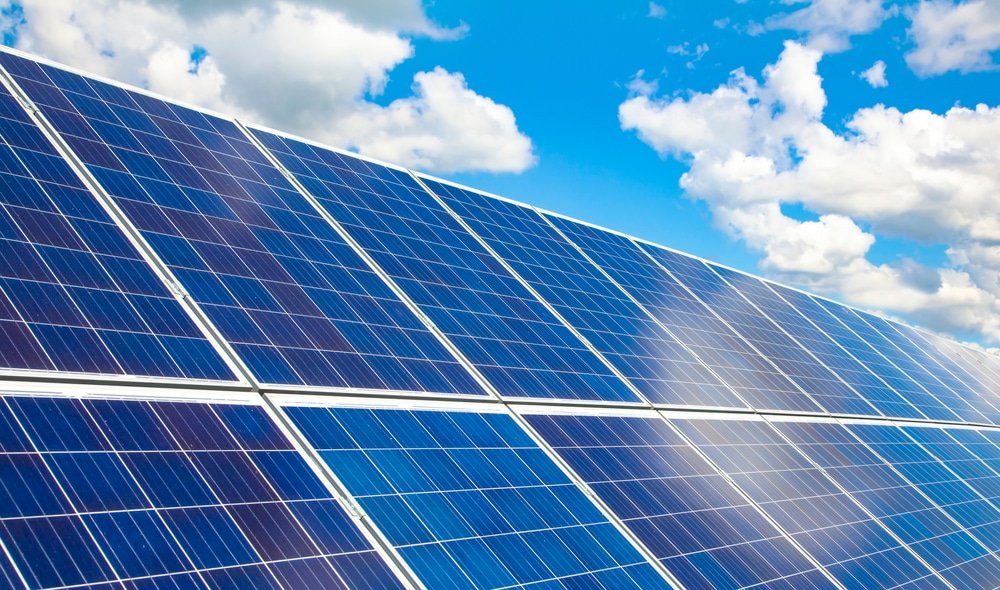Renewable energy (RE) subsidiary PetroGreen Energy Corporation (PGEC), under PetroEnergy Resources Corporation (PERC), is moving forward with a 98-megawatt direct current (MWdc) solar project and a 20-MW battery energy storage system (BESS) in Capiz. The project strengthens the company’s renewable footprint while aiming to boost grid reliability across the Visayas.
Maria Victoria M. Olivar, PERC’s Senior Vice President for Operations and Business Development, shared that PGEC has secured land for the Capiz project and is currently working through the Department of Energy’s (DoE) permitting process.
“Capiz is part of the Visayas grid where ancillary services are really thin,” she noted, adding that this is an issue the BESS aims to address by helping regulate frequency and improve overall grid stability.
(Also read: Alsons Expands to Negros with P4B Hydro Project)
PGEC’s renewable push
The Capiz initiative forms part of PGEC’s ongoing RE rollout across Luzon and the Visayas. In Bohol, the firm’s 27 MW Dagohoy Solar Power Project has been supplying electricity to the grid since November 2024, with an estimated annual output of 36 gigawatt-hours (GWh). This contributes to regional power needs and cuts carbon emissions by over 28,000 tons.
PGEC’s San Jose Solar Project in Nueva Ecija began supplying power to the grid also last November. Initially designed as a 10 MW facility, it was later expanded to 19.6 megawatt-peak (MWp). The upgraded plant is now capable of generating approximately 29 million kilowatt-hours (kWh) of electricity each year to Luzon’s energy supply.
Also in Luzon, PGEC’s 40 MWdc Limbauan Solar Power in Isabela began the installation of photovoltaic panels in March. Set for completion by the third quarter of 2025, the LSPP will generate up to 59 GWh of clean electricity per year. This output will supply energy to about 33,000 households while helping to cut carbon emissions by approximately 31,700 metric tons annually.
Olivar underscored PGEC’s dedication to fostering community involvement, sharing that more than 300 locals took part in solar panel installation training. “We conduct solar training sessions in every community where we build,” she explained. “We want these projects to create green jobs, not just electricity.”
PGEC’s 25 MW Bugallon Solar Project in Pangasinan is slated for completion in the third quarter. This initiative, which is part of the DoE’s Green Energy Auction 2 program, has secured a wheeling agreement with the Central Pangasinan Electric Cooperative, Inc. (CENPELCO).
(Also read: Ajinomoto Cebu Now Runs on 100% Renewable Energy)
Broadening RE investments
PGEC is furthering its wind energy initiatives in Aklan through its subsidiary, PetroWind Energy Inc. The Nabas Wind Project’s initial phase, with a 36 MW capacity, has been operational since 2015. The upcoming second phase, boasting a 13.56 MW capacity, is included in the DoE’s RE pipeline for the Visayas and is expected to begin operation later this year.
The company is also advancing the Maibarara 3 Geothermal Power Plant project in Batangas, set to add 30 to 40 MW to the grid by 2029 to 2030. Unlike an expansion, Maibarara 3 will be a new facility under the existing service contract.
PGEC is currently in talks with financial institutions and exploring options, including the DoE’s Geothermal Resource De-Risking Facility (GRDF), to secure funding for the project. Olivar stated, “We’re very interested in the GRDF because it will help reduce upfront risks, especially for exploration.”
Wind energy is also a key focus for PGEC, which continues its partnership with Copenhagen Energy under BuhaWind Energy Philippines. The joint venture holds offshore wind service contracts for three major projects across Northern Luzon (2 GW), Northern Mindoro (1 GW), and East Panay (1 GW), totaling 4 GW of capacity.
All projects have secured Green Lane Certificates to streamline permitting, with Northern Luzon slated to begin operations in 2030, followed by Mindoro in 2031 and East Panay in 2033.
Sources:


